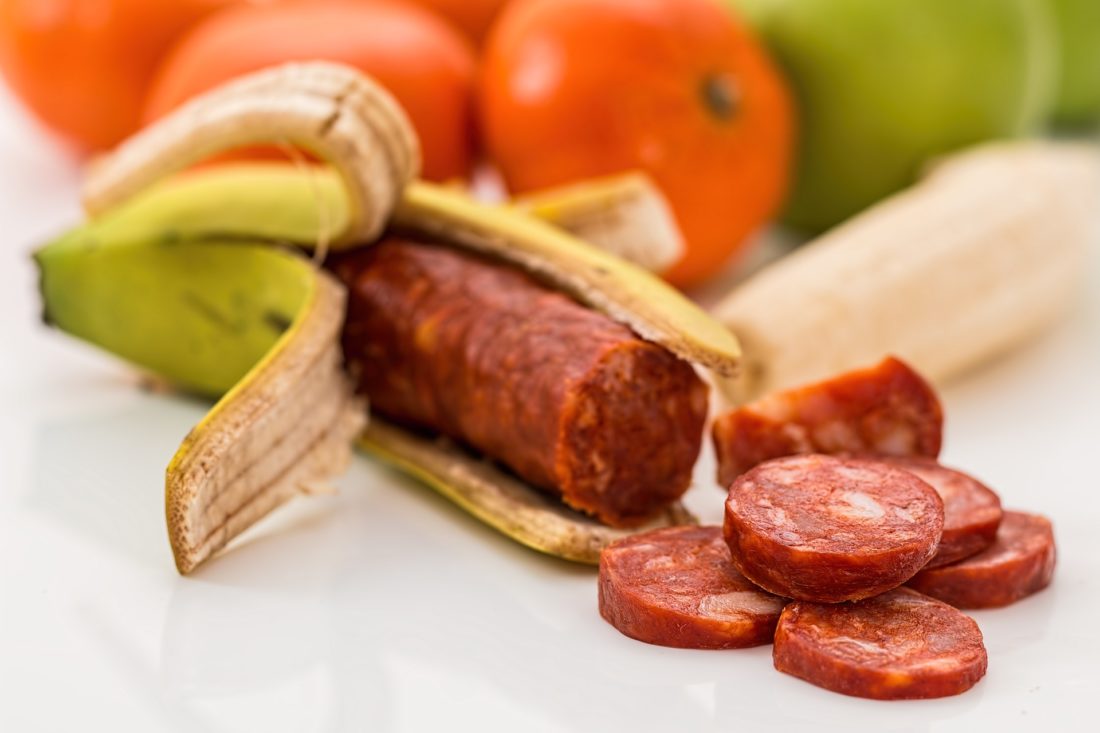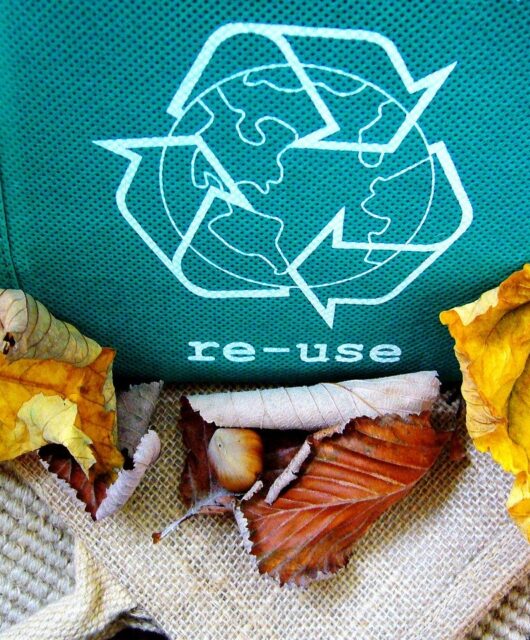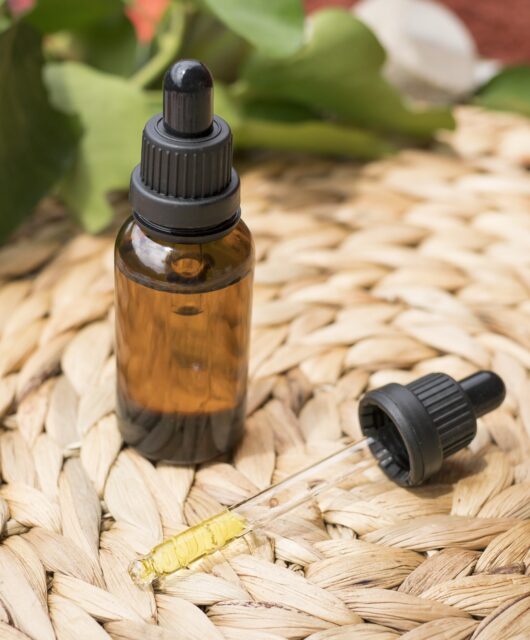3 Food Safety Mistakes Almost Everyone Makes
Foodborne illness is a serious health issue that affects millions of people worldwide. According to the CDC, there are an estimated 47.8 million incidents of foodborne illness each year in the U.S. alone. Caused by 31 different pathogens, these illnesses are also responsible for over 127,000 hospitalizations and over 3,000 deaths each year.
Foodborne illness is the result of mishandled food. The more middlemen there are between your food and your table, the more of a risk you face.
When you’ve got experience working in a kitchen, food safety is like second nature. If not, you’re probably making some of these common food safety mistakes:
Leaving certain food out of the refrigerator
Most of us grew up stashing our leftover pizza in the oven to prevent the crust from hardening in the fridge. If it was just cheese pizza, it seemed harmless. The truth is, any food – meat or otherwise – carries the potential to grow bacteria when left out. It’s not the type of food that determines the presence of bacteria; it’s the temperature.
The temperature range of 41-135°F is known as “the danger zone” where bacteria is likely to grow. It doesn’t matter if it’s steak, cheese, or vegetable soup – any potentially hazardous food that remains in this temperature zone for a period of time has the potential to develop harmful bacteria.
In food service, the rule is to keep cold foods cold and hot foods hot. Cooking doesn’t kill all bacteria; keeping hot food hot until it’s served prevents the surviving bacteria from growing back.
Trusting food that looks good
Food that looks good may not be safe to eat. Unless you know how the food was handled from start to finish, looks can be deceiving. Unfortunately, it’s difficult to know this in full.
Since much of the food we eat is imported, it’s hard to know if it’s been properly handled the whole way. Thankfully, a company called Safe Quality Food Institute (SQF) is working hard to help companies know they can trust the source of their food. They’ve implemented a certification system that tells buyers the food has been protected.
Bradley Systems describes the success of SQFI’s global efforts, “From ethical sourcing codes and management systems checks, SQF certification is accepted as an international standard of excellence. As a matter of fact, it’s the only certification of their kind to be recognized by the Global Food Safety Initiative (GFSI).”
When you can’t know first-hand how your food has been handled, the next best thing is having confidence that it’s been held to high standards you can trust.
Using gloves incorrectly
Gloves are an important tool for preventing cross-contamination that leads to foodborne illness. Unfortunately, many people use gloves incorrectly which leads to accidental cross-contamination.
Gloves are an extension of your hand
Gloves should be considered an extension of your hand. In this regard, touching food or a surface with a gloved hand is no different than touching it with your hand directly.
If you handle money with gloved hands, then you need to change your gloves before handling food. If you touch raw chicken with a gloved hand, then those gloves should be changed before handling or touching any other food or surface.
The misconception about gloves
Gloves are often perceived as protection for hands rather than protection for the food being served. This gives the false impression that you can touch anything when you’re wearing gloves.
When food service workers are required to wear gloves all the time, it’s easy to forget basic precautions. For instance, a person could easily touch the trash, raw chicken, then other food, causing cross-contamination. Anyone who has worked in food service knows this is common, and meeting hand washing requirements is a challenge. In fact, when discussing the repeal of California’s short-lived glove law, the LA times reported workers wearing gloves were less likely to wash their hands when they should.
Local health laws differ, but in most (if not all) states, touching food after touching an oven door without changing gloves would be a health code violation. In some states (like California), you also need to wash your hands between changing gloves.
Why wear gloves in the first place?
If you need to change gloves so often, it seems easier not to wear them at all. However, gloves prevent staph bacteria from being transferred from your hands to food. Staph is one of the most common causes for foodborne illness, and can cause serious symptoms.
Washing your hands regularly does prevent staph from being transferred to food, although handling food with bare hands should still be minimized.










